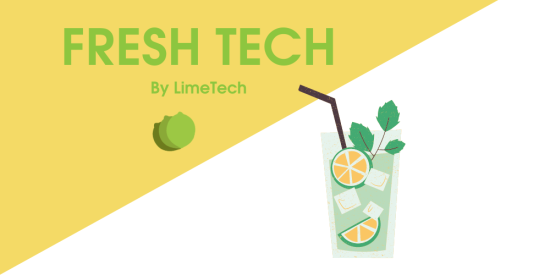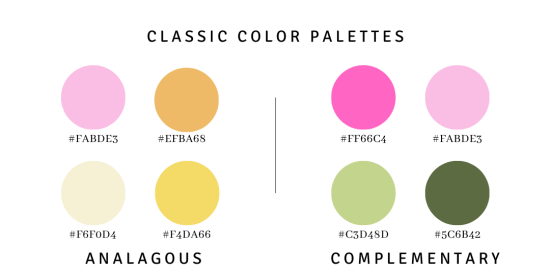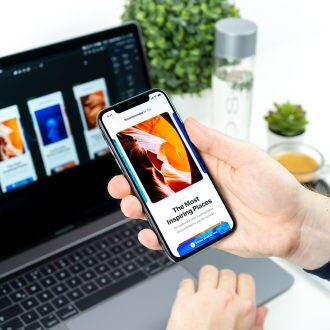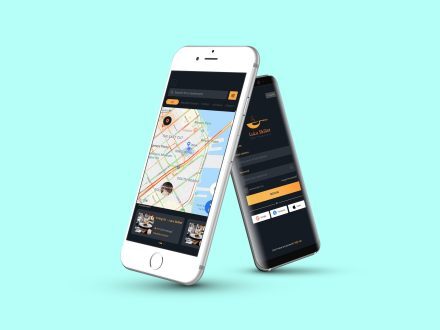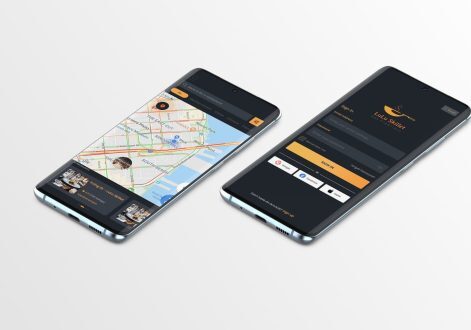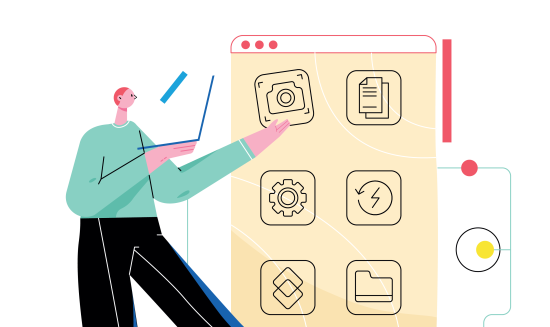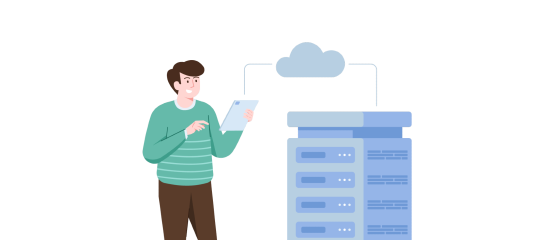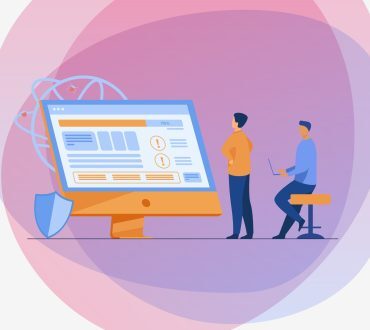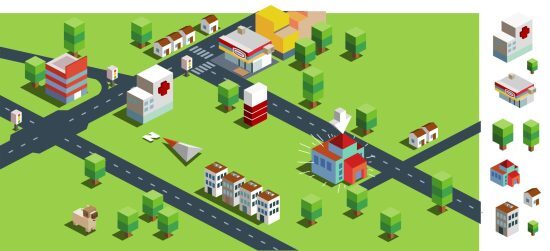The 5 stages of design thinking (and how they can help your app development process)

The 5 stages of design thinking (and how they can help your app development process)
Whether you’re designing a new toothbrush, a stoplight, or a mobile app, the process of bringing a new product into the world can be a challenging one. You’re often faced with unknown or poorly-defined problems, and it can be hard to know where to start.
Your job is to identify and prioritize the problems, match them to the right solution, and ultimately build a product your users will love. That’s a lot to get done. So, how to find a method in all this madness?
Design thinking offers you a framework for solving creative challenges. As a method informed by human-centered design, it centers real people at the heart of the creative design process.
Let’s explore the 5 stages of design thinking.
The 5 stages of design thinking

1. Empathize

The interactions you experience and the behaviors you observe will help you identify problems faced by actual people. Keep in mind that these problems are not necessarily the ones you set out to solve.
Stay open throughout the process. Ask questions, observe with all your senses, and carefully document as much as possible. Information can be collected through recordings, surveys, or through direct observation and note-taking. The point is to become deeply familiar with the challenges of your target users.
2. Define
Working from the insights you gathered in step one, define the main problem your user is facing that you can address.
Articulate this in a clear problem statement, similar to a user story in agile methodology. Your problem statement captures the essence of the problem you’re trying to solve and who you’re solving it for. It will help you stay focused on your user’s needs as you proceed with the steps ahead.
3. Ideate

Brainstorming in collaboration with a diverse team is ideal. Your chances of catching a great idea are higher when you include a variety of perspectives.
Collect all your ideas in one place. A white board is a great place, and if you’re working remotely, a collaboration platform like Google’s Jamboard can fit the bill.
4. Prototype
Once your team has collected an array of ideas, it’s time to choose one and build a prototype. The most basic prototype could be just a napkin sketch, but it’s better to provide something that simulates the product you’re aiming to build. The best option is an interactive prototype which your prospective user can hold in their hands.
The more tangible your prototype, the better. This way you’ll be able to observe your concept in action, and adjust your product as necessary.
5. Test

Are there areas where they got confused or stuck? Did the product address the problem you identified? Observe their natural behaviors, and if possible, ask them to narrate the experience.
Give your users some basic instructions, or ask them questions to suss out more information. If possible, try not to insert yourself into the process or convey too much information, as some users will want to please you by providing the answers they think you seek.
Take notes or make recordings throughout this process. Remember: the data you collect from these sessions will be invaluable and can be integrated into your product at any future stage.
Design thinking is iterative

Conducting every step in order is not as important as staying true to your human-centered approach. After testing, you might return to ideation, or you might build a new prototype. There is no strict right or wrong to this process–it should serve you and your goal of building a product that will delight your users.
Applying the 5 stages of design thinking to your development process
Stay focused on solving real-world problems and you’ll have a better chance of producing a successful product. This process also helps you avoid feature creep and project bloat, and keeps your work targeted and your product lean.
In the end, designing a web or mobile app is not that different from designing a toothbrush or a stoplight. Especially when you take a human-centered approach and use the framework of design thinking.
Interested in trying out this process, and putting together a working prototype? We’re happy to start a conversation. Contact us here.
Want to learn more about design thinking? Check out the resources at IDEO or the Stanford D-School.
LimeTech is a creative tech company with a focus on innovation and adaptive change. We use technical know-how, design skills, and deep experience in entrepreneurship to help companies advance their business goals. Our specialties include mobile app development, website design, technology planning, and remote work solutions.
